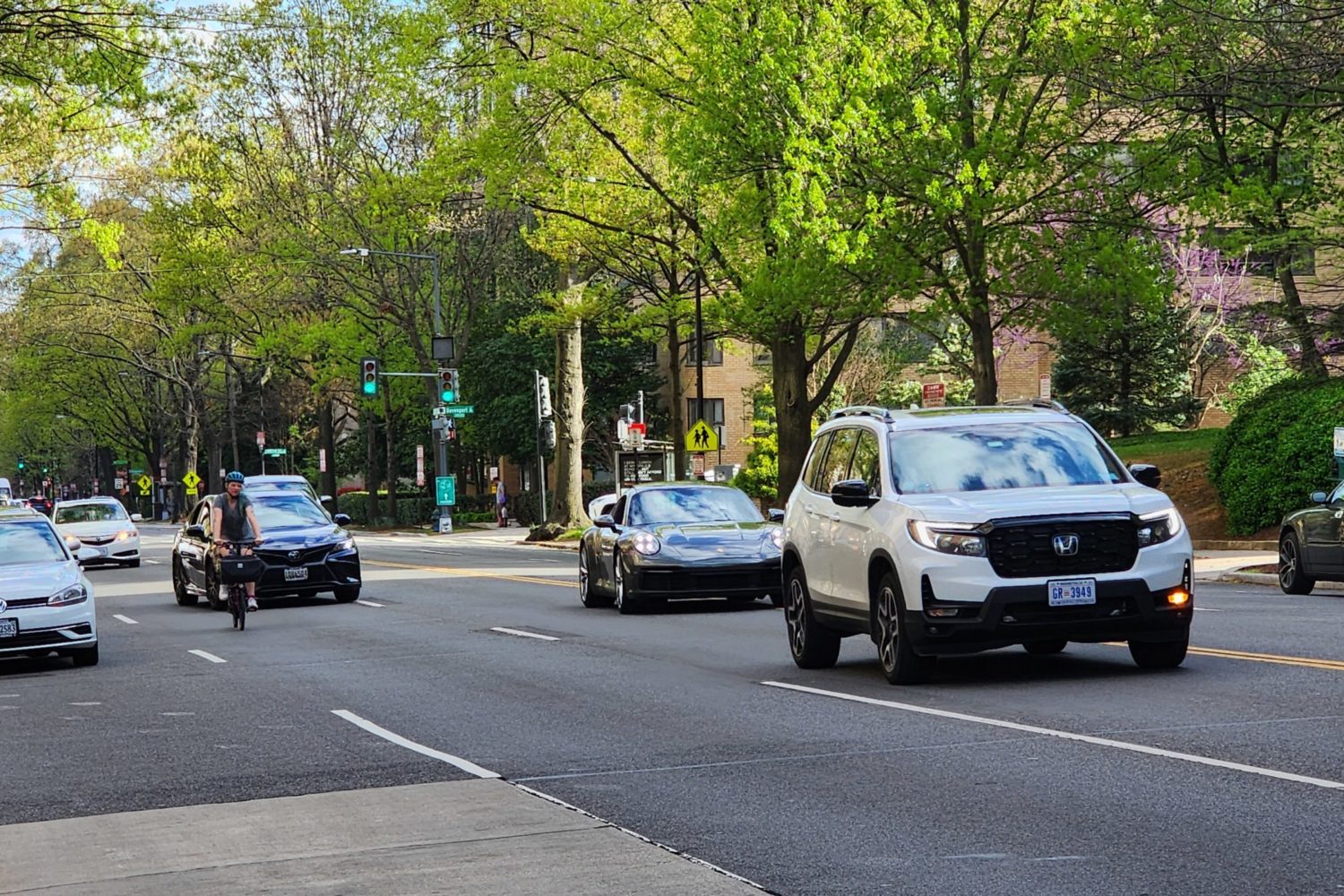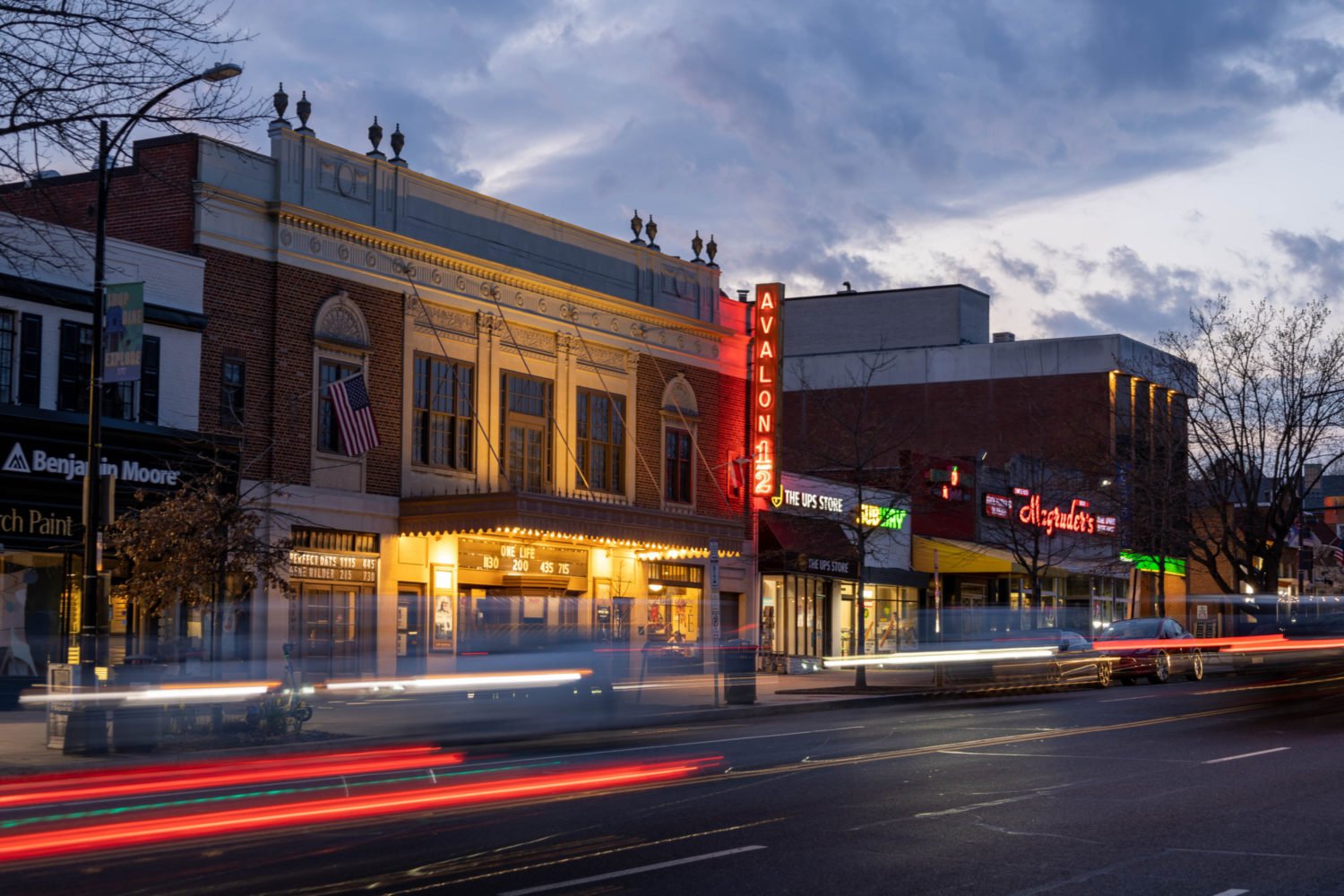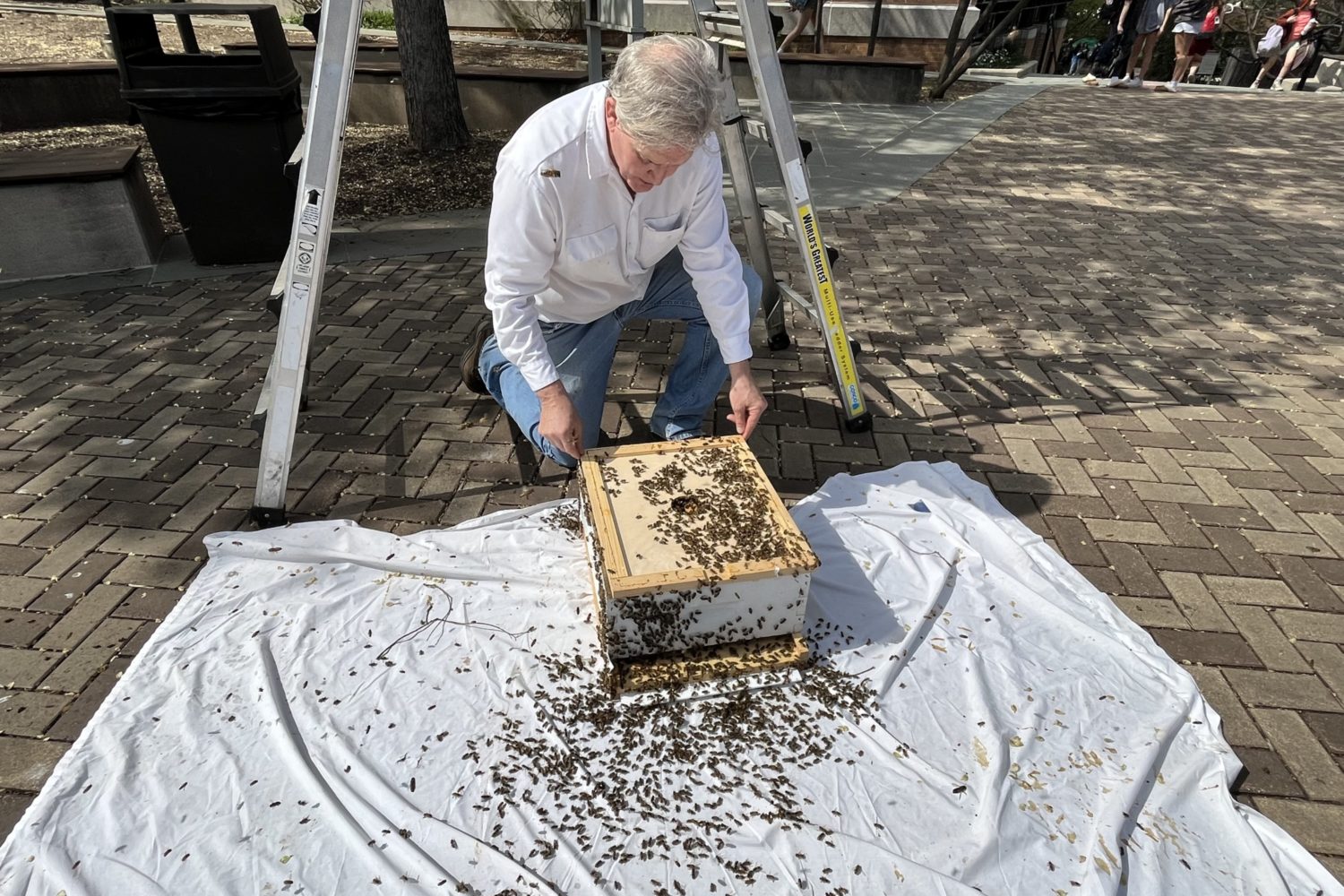Let’s say you have two or three days to experience the best of local museums. Spending hours strolling through hundreds of halls is not an option. What do you go see?
We surveyed local experts—art and art-history professors, historians, archaeologists, and scientists—to find which needles in the haystack of the city’s collections are the most significant, the most worth seeking out. Every expert had different answers, but there were items on which many agreed and some objects for which they advocated passionately.
With recommendations in hand, we put together a scavenger hunt for a modern Renaissance man or woman. No visitor—or resident—should depart Washington without experiencing most of these sights.
1 Gutenberg Bible at the Library of Congress
The invention of the movable-type printing press was as monumental in the 15th century as the Internet was in the 20th. The ability to produce mass copies of printed matter sparked a spread of news, education, and religious and political opinions, ushering in a new era of intellectual and scientific advancement. Starting around 1450, Johannes Gutenberg’s elaborate operation in Mainz, Germany, produced about 180 of the Bibles—his first major book—in four years. Only three perfect copies of the 1,282-page Gutenberg Bible exist on vellum (a high-quality parchment), and the library’s copy is arguably its most valuable book.
2 “Houses in Provence” by Paul Cézanne at the National Gallery of Art
Want to follow the path from Impressionism to modern art? For Cézanne, it was an uphill climb winding past these isolated houses. Although it’s not the most famous of his works, “Houses in Provence” is one of the finest examples of Cézanne’s post-Impressionist period—which presaged the cubist style of Picasso and Braque. In painting the countryside surrounding his beloved hometown, Cézanne broke down this view into its simplest geometric forms and used color expressively, without concern for how the scene actually looked. His dense, parallel brush strokes give the work weight and structure, a distinctly different approach from the Impressionists’ loose, wispy style.
3 Dumbarton Oaks Gardens in Georgetown
Wandering the ten acres of garden “rooms” here, visitors might not realize they are walking through a masterpiece, the premier garden by landscape architect Beatrix Jones Farrand. Considered one of the best examples of the American neoclassicist garden, Farrand’s European-inspired design divides the hilly grounds into a mazelike layout of terraces, lawns, groves, and vistas. It also incorporated features like a swimming pool, amphitheater, and tennis court (now a pebble garden) that the Bliss family, which bought the property in 1920, could use for leisure and entertaining. Extensive metalwork and stonework—designed primarily by Farrand—are as arresting as the variety of plants: star magnolias, clematis, wisteria, katsura trees.
4 Relief Carving From Fence Rail at Bharhut at the Freer Gallery
This stone architectural fragment came from one of the earliest-known Buddhist stupas, in the northwest India area of Bharhut, in the second century BC. It is among the oldest works of Buddhist art still intact. In the tradition of early Buddhist art, this scene depicts Buddha only through his absence or through symbols, to signify his transcendence; here a royal couple worships at the base of an empty throne.
5 1903 Wright Flyer at the National Air and Space Museum
The age of human flight took off when Wilbur and Orville Wright got their biplane aloft for 59 seconds on the beach of Kitty Hawk, North Carolina, on December 17, 1903. The genius of the manned plane is that it was born of the brothers’ relentless testing and data collection; the design evolved from their experiments with kites and gliders. From wings to propellers to engine, every element was developed, built, and perfected by the Wrights. The museum shows that feat of science in much the same shape it was in that day.
6 “Luncheon of the Boating Party” by Pierre-Auguste Renoir at the Phillips Collection
Renoir’s 1881 masterpiece is one of the most recognizable works in Washington and the prize of the museum. Founder Duncan Phillips called it “one of the greatest paintings in the world” when he bought it for $125,000 in 1923. Like many Impressionist works, it depicts the kind of beautiful outdoor leisure scene you’d want to wriggle into, with a mix of social classes that includes actors, painters, and writers. What’s impressive is Renoir’s mastery of composition, using color, form, and shadow to create depth and to cram a lot of people comfortably into a small space. Another intriguing aspect: Everyone’s gaze seems to be on someone other than the person addressing him or her, creating a zigzag of glances and imbuing the scene with some tension.
7 Senate Park Commission models at the National Building Museum
One of these 1902 scale models shows the grandiose facelift that the McMillan Commission wanted to give the area that became today’s National Mall; the other shows the land as it was at the time. There’s a stark contrast between the disorganized, segmented layout of 1901 (with its railroad depot at Sixth and B streets) and the open, unifying design for the 20th century, featuring classic Roman-influenced buildings lining the lawn and a new memorial area west of the Washington Monument. The plan impressed President Roosevelt and Congress enough that they adopted most of it.
8 Chalice of the Abbot Suger of Saint-Denis at the National Gallery of Art
A treasure in every sense of the word, this sacramental cup is as rare as it is beautiful. It’s a wonder that one of the finest, most important goldsmith works of the Middle Ages resides in the United States; it was lost to France during the French Revolution and emerged in one of the National Gallery’s original collections. The chalice was crafted for the Abbey of Saint-Denis (just outside Paris) in the 12th century and incorporates a sardonyx cup, probably from Egypt, carved in the first or second century BC.
9 “Niagara” by Frederic Edwin Church at the Corcoran Gallery of Art
The United States of the 1800s found its metaphors for power and pioneering spirit in its natural wonders: the Adirondacks, the Delaware River, Niagara Falls. The Hudson River School artists, among whom Church was a principal figure, captured them in their romantic landscapes, and perhaps the most iconic was “Niagara.” When Church painted this view in the 1850s, the falls were an exotic sight—they were in the middle of the wilderness, and only Indian-led travelers could reach them. Church approached his composition in an unusual way: The view is panoramic and unframed by any piece of the landscape, pushing the viewer right into the water and to the perilous edge of the falls. The effect takes the work beyond beautiful into the sublime.
10 Heinrich Schliemann’s Trojan Artifact Collection at the National Museum of Natural History
It’s hard to say which is more intriguing: these 5,000-year-old relics from Troy or the story of how they were found. The adventurous Schliemann was a renegade archaeologist whose obsession of finding the Trojan city of legend was rooted in his boyhood readings of Homer’s epics. Financial ups and downs landed him in Turkey in the 1860s, where he became a partner in a dig for the ancient city. Schliemann’s venture uncovered—and many say ruined—several layers of Troy spanning hundreds of years. He laid claim to many of the artifacts, some through smuggling, that were unearthed. The relics at the museum, which serve as valuable evidence of this advanced civilization, include several cups and jugs, figurines, weights for calculating trade, a metal knife, and tools made of bone, stone, and iron.

















